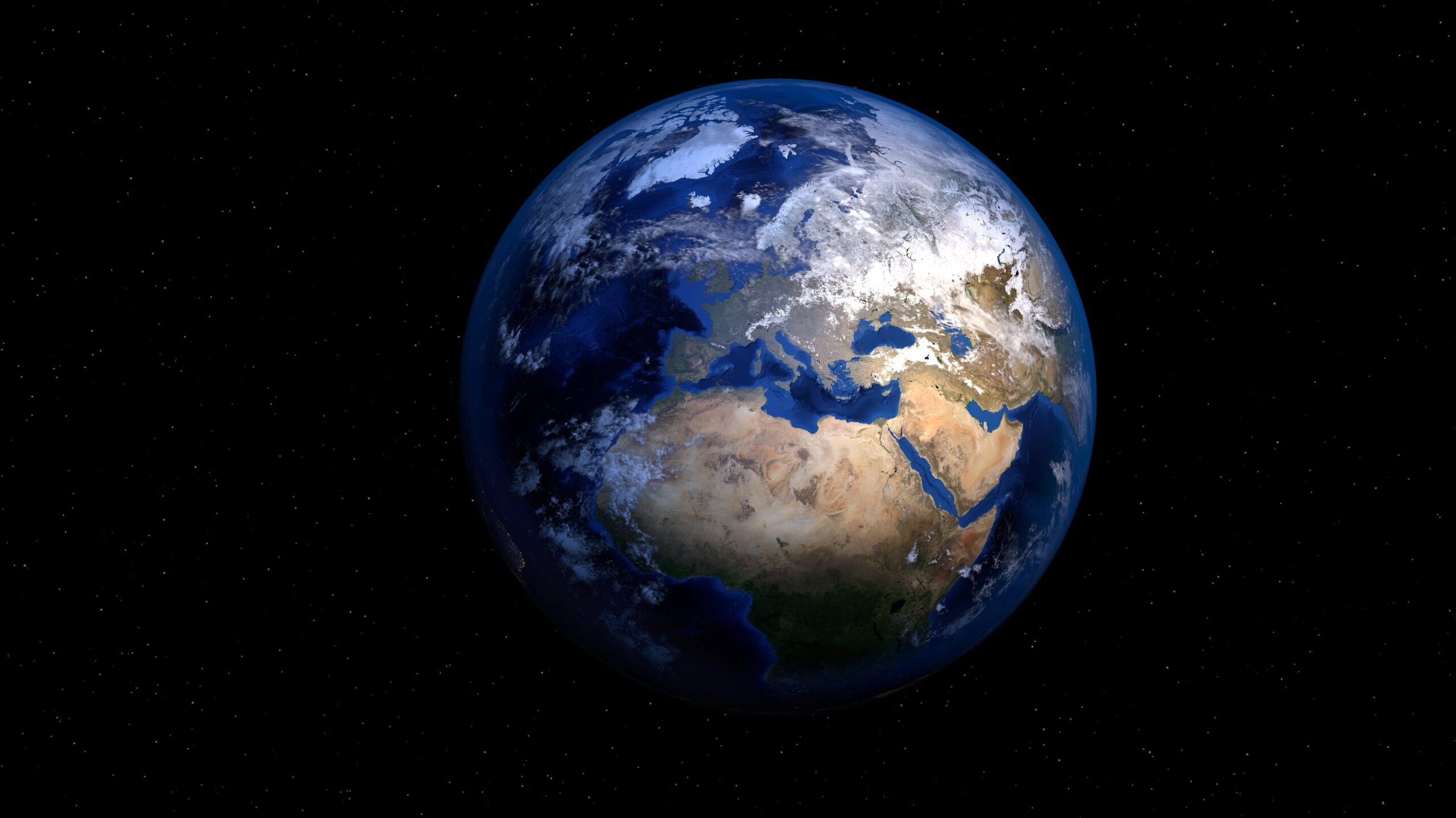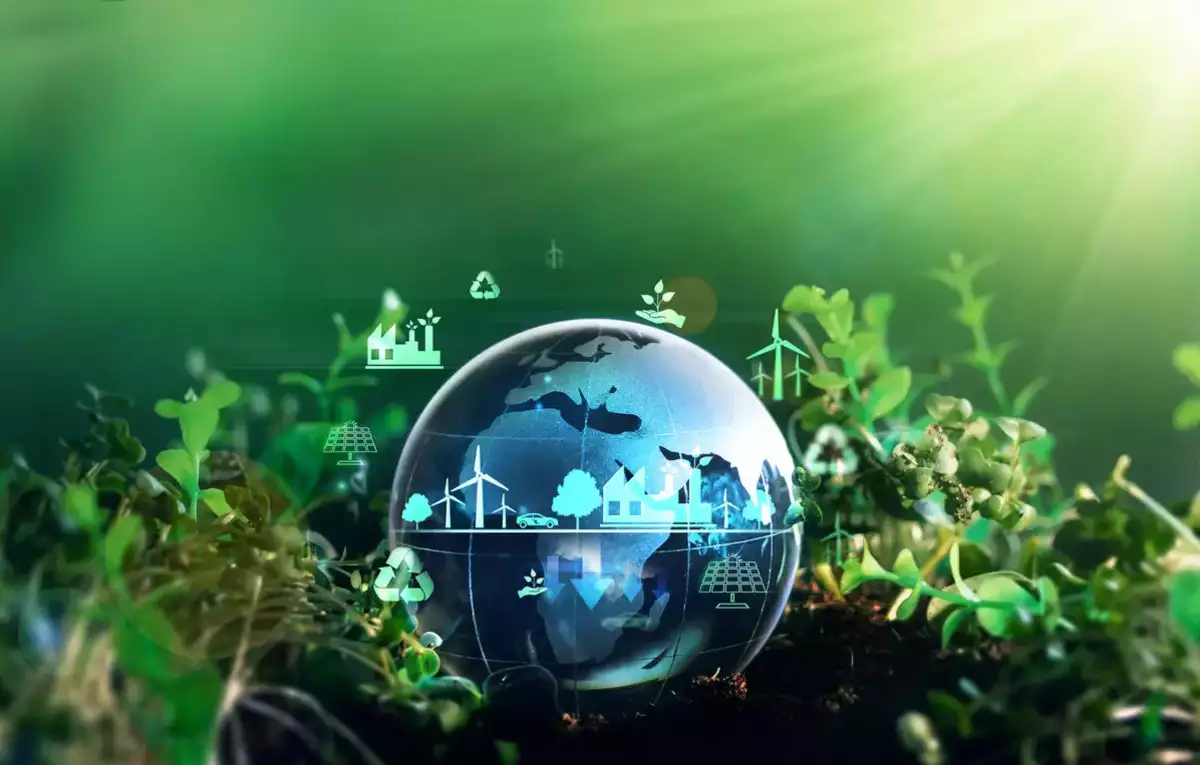A World in Flux: Navigating the Complexities of Global Environmental Change
The Earth, our life-sustaining home, is facing unprecedented environmental challenges. From the relentless march of climate change to the alarming decline in biodiversity, the intricate web of life is under increasing strain. Understanding the complexities of these issues is crucial for informed decision-making and collective action towards a sustainable future.
Climate Change: A Global Crisis
Climate change, driven primarily by human activities such as the burning of fossil fuels, is rapidly altering the planet’s climate systems. Rising global temperatures are leading to more frequent and intense heatwaves, droughts, floods, and storms, causing widespread disruption to human societies and ecosystems. The melting of polar ice caps and glaciers is contributing to rising sea levels, threatening coastal communities and ecosystems.
Biodiversity Loss: A Silent Crisis
The Earth’s biodiversity, the incredible variety of life on our planet, is declining at an alarming rate. Habitat destruction, pollution, overexploitation, and climate change are driving species to extinction at an unprecedented pace. The loss of biodiversity has far-reaching consequences, including disruptions to ecosystem services such as pollination, water purification, and climate regulation.
Pollution: A Persistent Threat
Pollution, in its various forms, poses a significant threat to human health and the environment. Air pollution, caused by the burning of fossil fuels and industrial emissions, contributes to respiratory illnesses and other health problems. Water pollution, from industrial waste and agricultural runoff, contaminates water sources and harms aquatic life. Plastic pollution, a pervasive global problem, is accumulating in our oceans and harming marine life.
Sustainability: Building a Better Future
Sustainability, the ability to meet the needs of the present without compromising the ability of future generations to meet their own needs, 1 is essential for a healthy planet and a prosperous future. Transitioning to a low-carbon economy, promoting renewable energy sources, and adopting sustainable consumption and production patterns are crucial steps towards a sustainable future.
Conservation and Protection: Safeguarding Our Planet
Protecting and restoring ecosystems, conserving biodiversity, and mitigating climate change are critical priorities. Establishing protected areas, implementing sustainable land-use practices, and promoting conservation efforts are essential for safeguarding our planet’s natural heritage.
The Role of Policy and Collaboration
Addressing global environmental challenges requires strong international cooperation and effective environmental policies. International agreements, such as the Paris Agreement on climate change, play a crucial role in coordinating global efforts. National and local governments also have a vital role to play in implementing policies that promote sustainability and environmental protection.
Conclusion
The global environment is facing a complex array of challenges that require urgent and coordinated action. By understanding the interconnectedness of these issues and working together towards sustainable solutions, we can create a healthier planet for ourselves and future generations.



